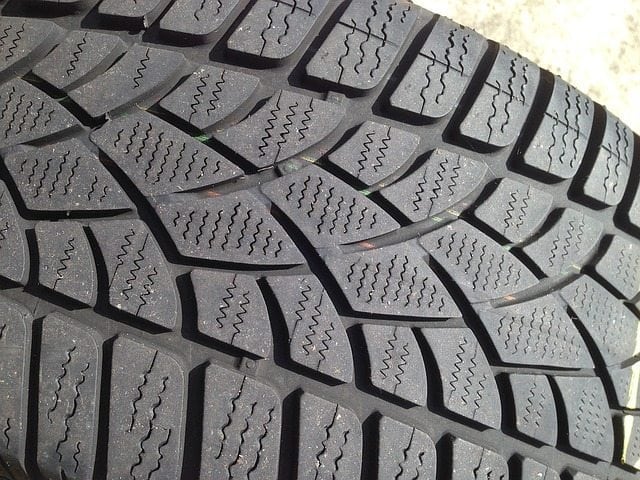Everyone knows tires are an essential component of vehicles. They are the only things that come in contact with the road; hence, the working of the vehicle and the safety of the people inside rests on the tires. Monitor your tire pressure to make sure your tires are always in good condition.
The Problem of Under-Inflation
About 90% of breakdowns are caused by under-inflation. Under inflated tires are a common cause of poor tread life and early tire breakdown. Low tire pressure allows excessive heat to build up. This heat can tear down retreads, increase tread wear, and even destroy tire casings, which makes driving risky and shortens tire life.
When tires are under inflated, excessive flexing is caused on the sidewalls. This causes additional strain, which builds up more internal heat. The U.S. National Traffic and Safety Administration found that about 1 in 3 cars or light trucks were being driven with at least one under inflated tire, thus causing hazardous conditions.
Drawbacks of Under- Inflation
- Impact on Mileage – Tread wear decreases by 5% for a continuous 10% of over-inflation. If your tire is constantly under- inflated by 20%, you will witness a tire life reduction of 30% and, for every 10 PSI under inflation, your fuel consumption will increase by 0.5%. So, you can imagine the amount you would be spending to make up for the damage caused by under-inflated tires. However, with proper pressure levels for your tires, mileage is bound to improve.
- Reduces Fuel Efficiency – Due to rolling resistance, under-inflated tires consume greater amounts of fuel. A study by the American Department of Transportation showed that by keeping tires in good condition, the U.S. could save more than 4.2 gallons of fuel per day. Imagine that!
- Incurs Heavy Maintenance Costs – You should regularly check tire pressure because about 36% of your vehicle’s maintenance cost rests on its tires. Everyone tries to side-step this time consuming procedure, but this can be dangerous. Sometimes, assuming that if some tires are good, all are, the under inflated tires end up being skipped. It really makes no sense to ignore the direct cost consequence of poorly maintained tires.
Tire Pressure Tips to Remember
- To ensure the greatest tire life, keep tires properly inflated. Tires of small vehicles should be checked a minimum of once a month, while larger vehicles should be checked more often. Don’t guess or thump; measure with a quality tire gauge.
- Vehicles with dual tires have a hidden tire, which is difficult to reach and easier to neglect. If the inside tire is flat, it can rupture or over heat. Hence, checking its pressure is necessary.
- For multi-tire motor vehicles, use a wireless sensor to monitor each individual tire. Externally mounted tire sensors are easier to install and remove.
- Check tire pressure when tires are cold and, preferably, change them every 3-5 years.
- Change all tires (or at least two) at the same time.

Monitoring your tire pressure and temperature in this manner will help increase tire life and fuel efficiency, which will ultimately lead to your safety.
Author: Ron Burg writes for actiongatortire.com

